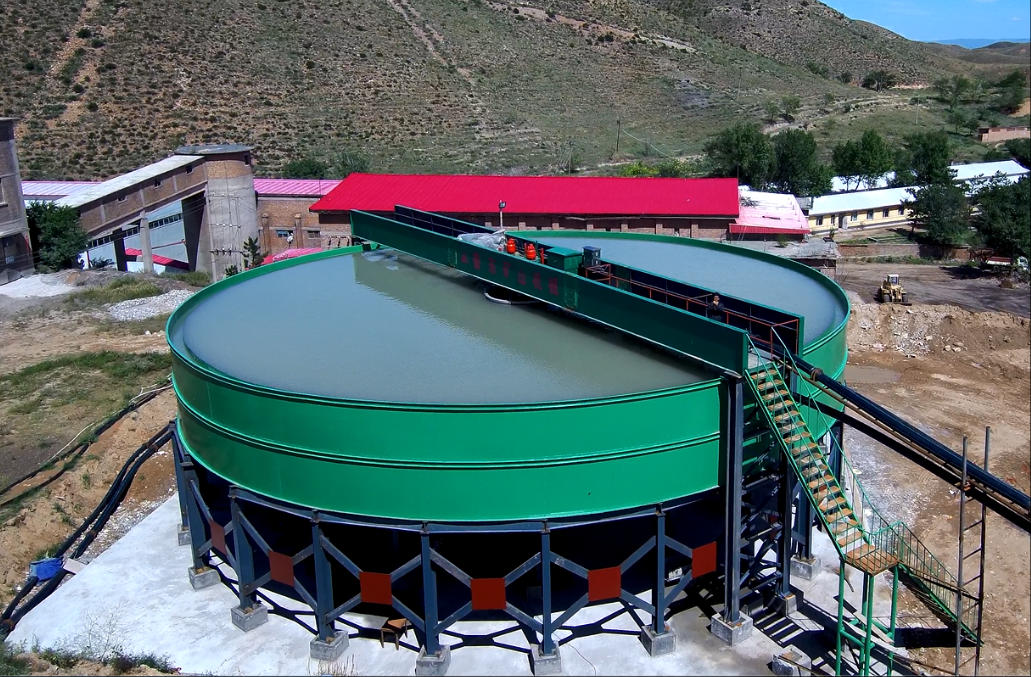Industry news
Phosphate ore dressing method and reagent selection
The selection of phosphate beneficiation technology needs to comprehensively consider factors such as ore type, gangue composition and economic cost. Among them, flotation has become the mainstream process due to its high efficiency. The combination of different flotation processes and reagents can solve the problem of enrichment of low-grade and high-impurity phosphate ores in a targeted manner.

1. Selection of beneficiation methods
Flotation method
Direct flotation: Applicable to siliceous or calcium-siliceous phosphate ores, it directly enriches phosphate minerals by suppressing silicate and carbonate gangue minerals, but is sensitive to impurities such as MgO and Al₂O₃.
Reverse flotation: For calcium phosphate ores dominated by dolomite, dolomite is preferentially floated under weakly acidic conditions, which can significantly reduce the MgO content in the concentrate (exclusion rate of 70%-80%).
Combined flotation: For complex siliceous-calcium phosphate ores, a combination of forward-reverse flotation or reverse-forward flotation is used. For example, a low-grade phosphate ore in Liaoning Province was subjected to direct-reverse flotation process, with MG and SR as collectors, and the P₂O₅ grade was increased to more than 34%.
Other methods
Scrubbing and desludging: Applicable to weathered phosphate ore with high mud content, clay minerals are removed by physical scrubbing, which is low-cost and pollution-free.
Roasting digestion method: Applicable to calcareous phosphate ore, the SiO₂ content is reduced by high-temperature roasting, and then the phosphate minerals are enriched by water digestion, but the energy consumption and temperature control requirements are high.
2. Selection and optimization of reagents
Collectors
Fatty acids (such as oleic acid): low cost and wide application, but poor selectivity, easily interfered by Ca²⁺ and Mg²⁺.
Phosphonic acids (such as styrenephosphonic acid): high selectivity, strong collection power, suitable for complex ores, but high synthesis cost.
Inhibitors
Water glass: inhibit silicate gangue, commonly used in direct flotation process.
Sodium phosphate: Inhibits phosphate minerals in reverse flotation and promotes dolomite separation.
Frother
Pinol oil (2# oil): Good stability, suitable for a variety of flotation conditions, and the dosage needs to be controlled to avoid foam overload.
3. Application suggestions
Low-grade siliceous-calcium phosphate ore: Double reverse flotation process is preferred, combined with modified fatty acid collectors and acidic adjusters, taking into account both grade and recovery rate.
High-magnesium phosphate ore: Reverse flotation process combined with sodium phosphate inhibitor can effectively reduce MgO content.
Fine-grained embedded ore: Introduce chemical leaching method or refined flotation reagent combination (such as phosphonic acid + pine oil) to reduce phosphorus loss.
Scientific matching of mineral processing methods and reagents is the key to improving the comprehensive utilization rate of phosphate ore, and dynamic optimization needs to be combined with ore characteristics to achieve a balance between economic benefits and technical feasibility.
Categories
News
Contact Us
Contact: XKJ GROUP
Phone: 0086 138 3714 0277
Tel: 0371-65751333
E-mail: sales01@xkjgroup.com
Add: Xing yang city, Zheng zhou city, Henan province, China